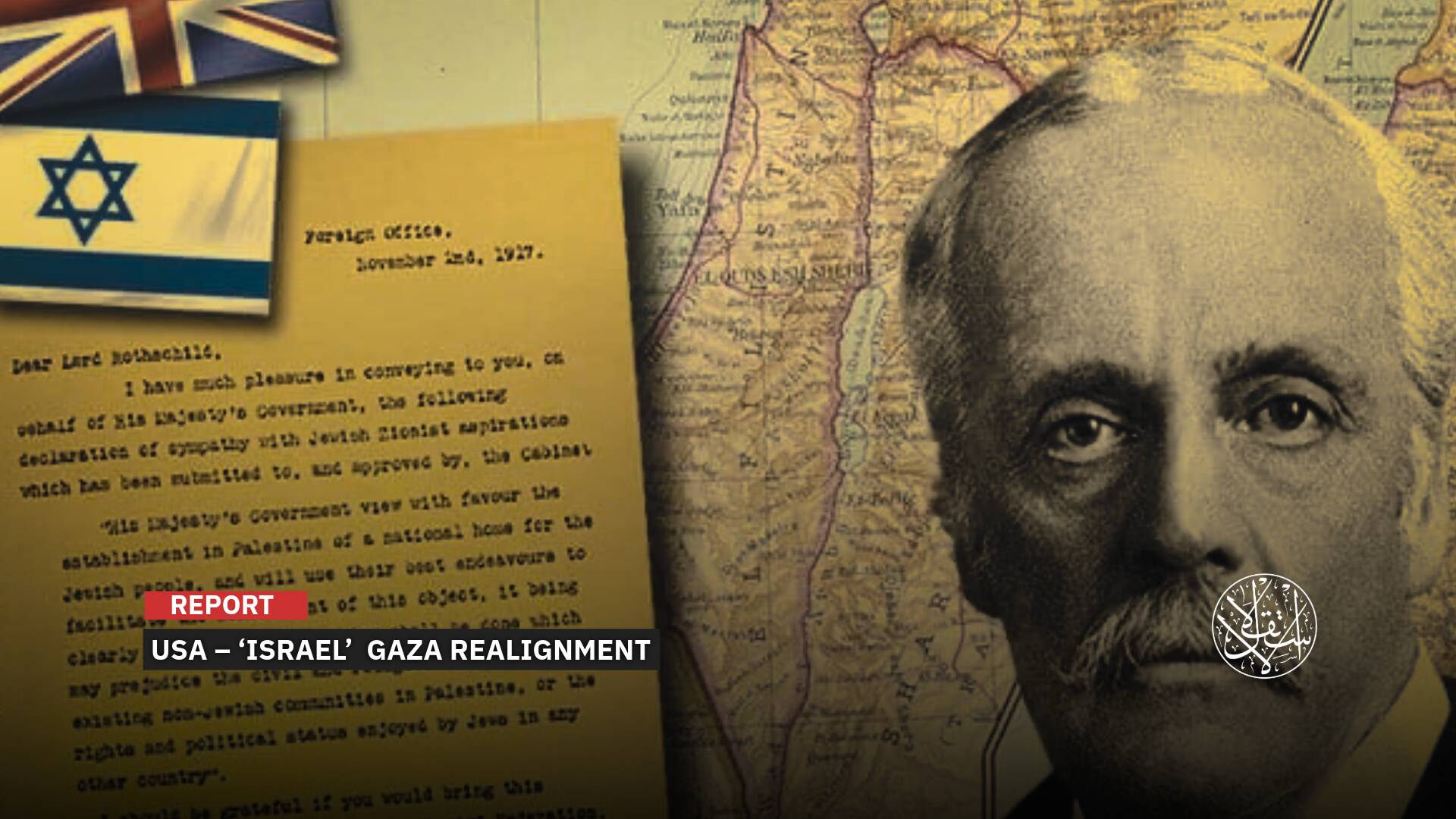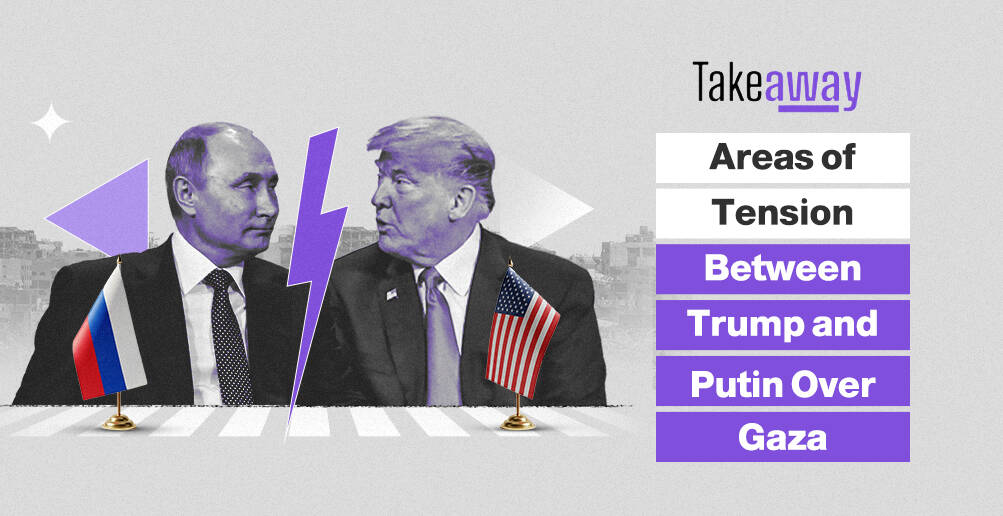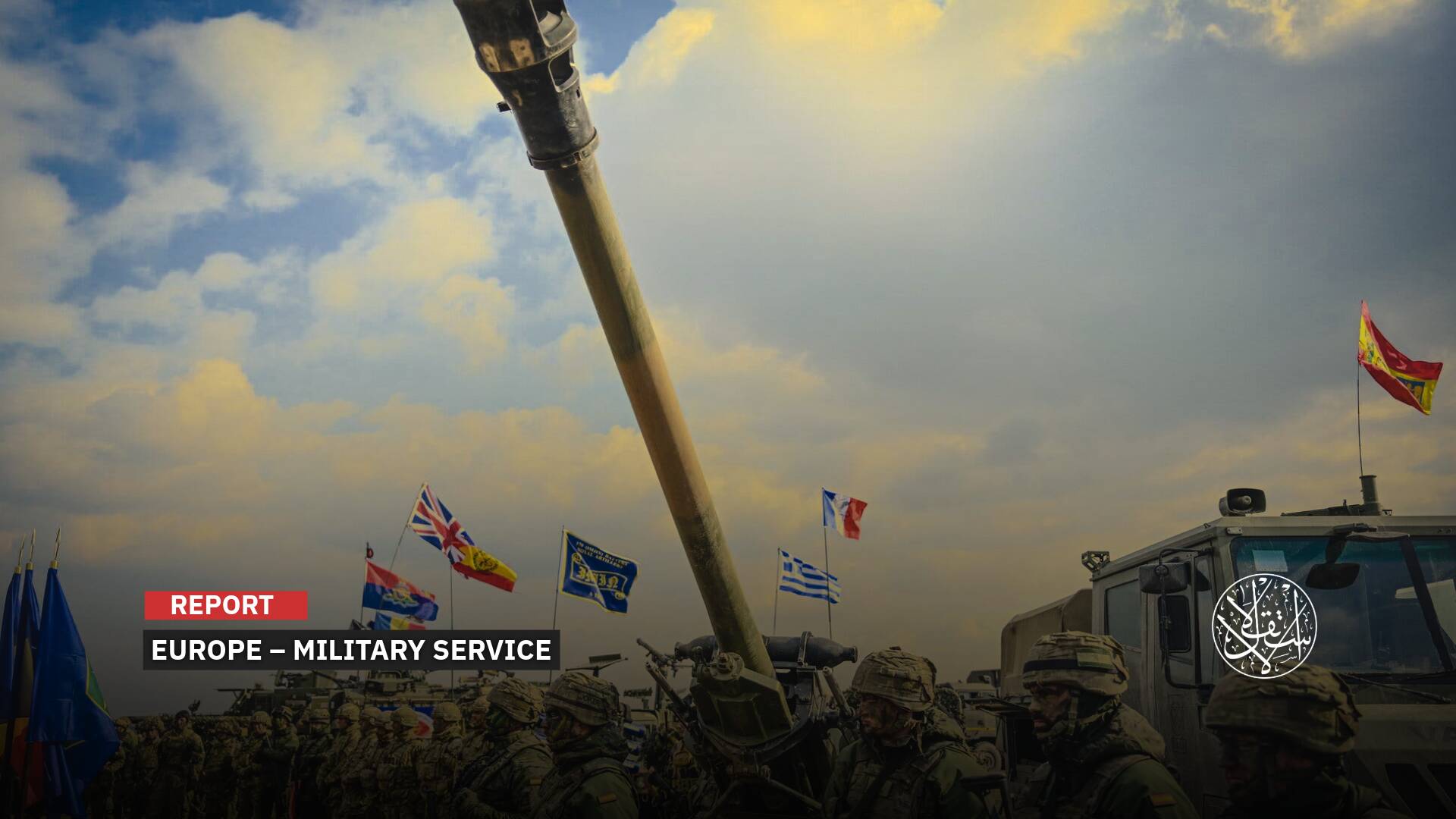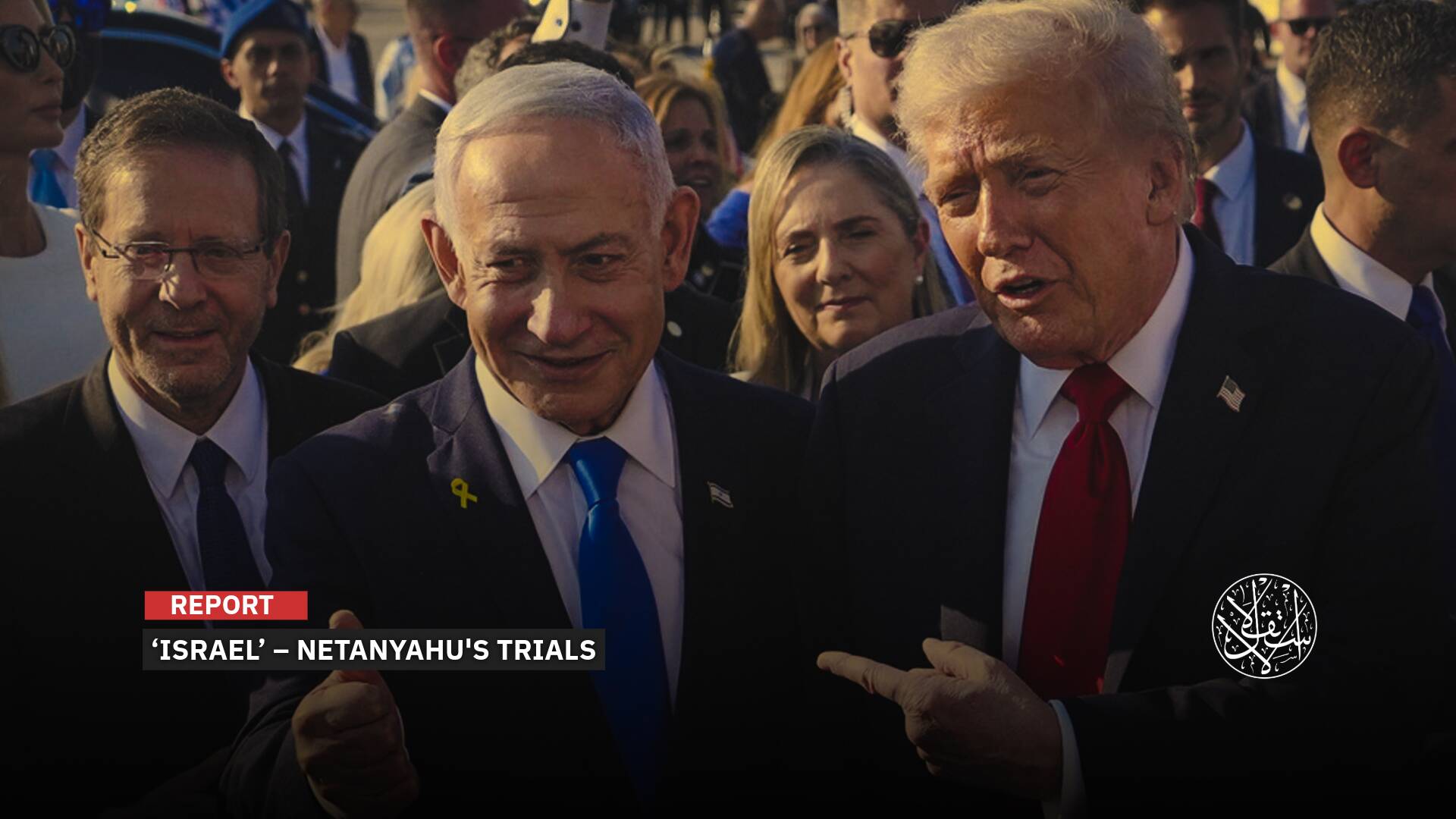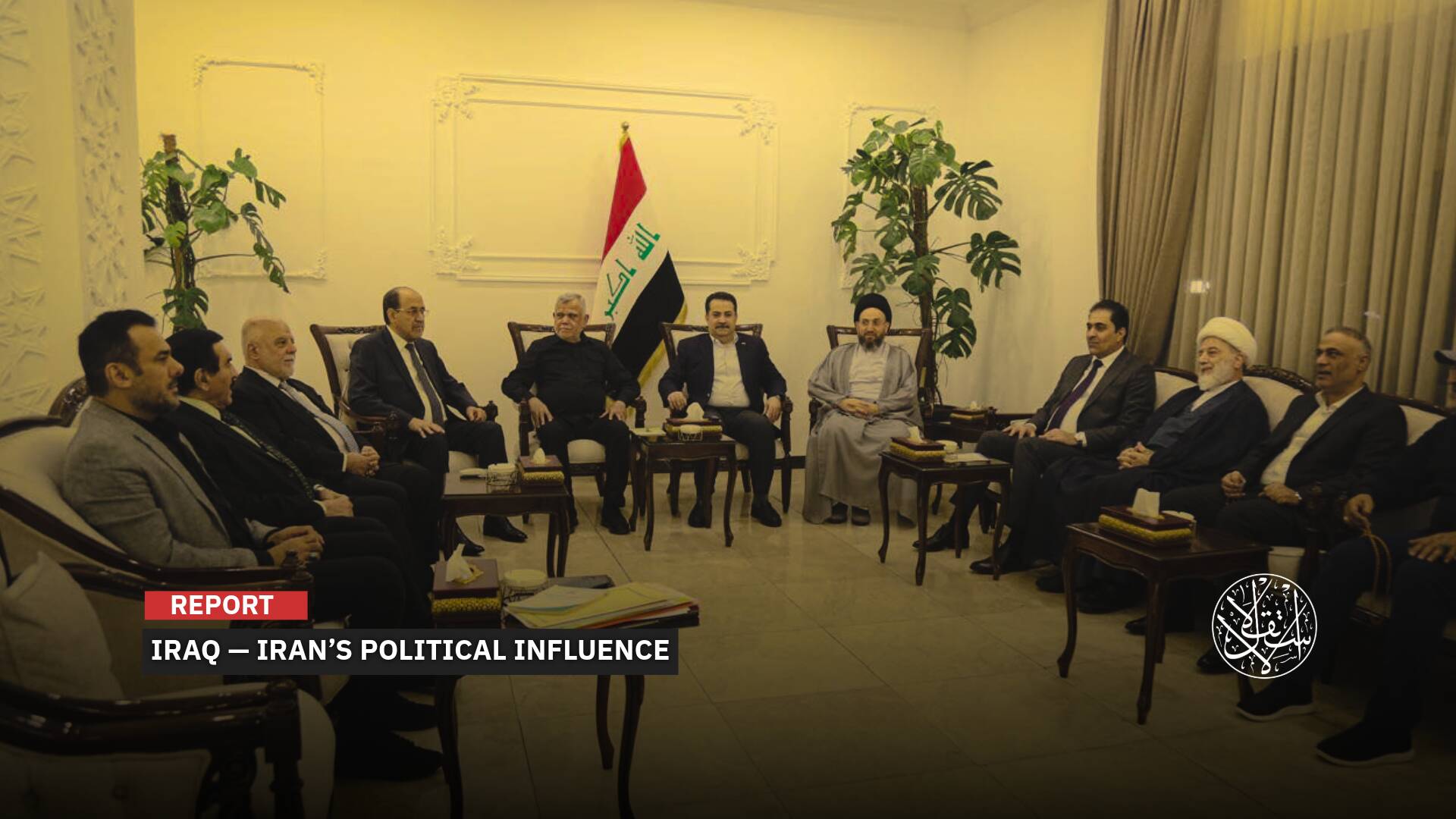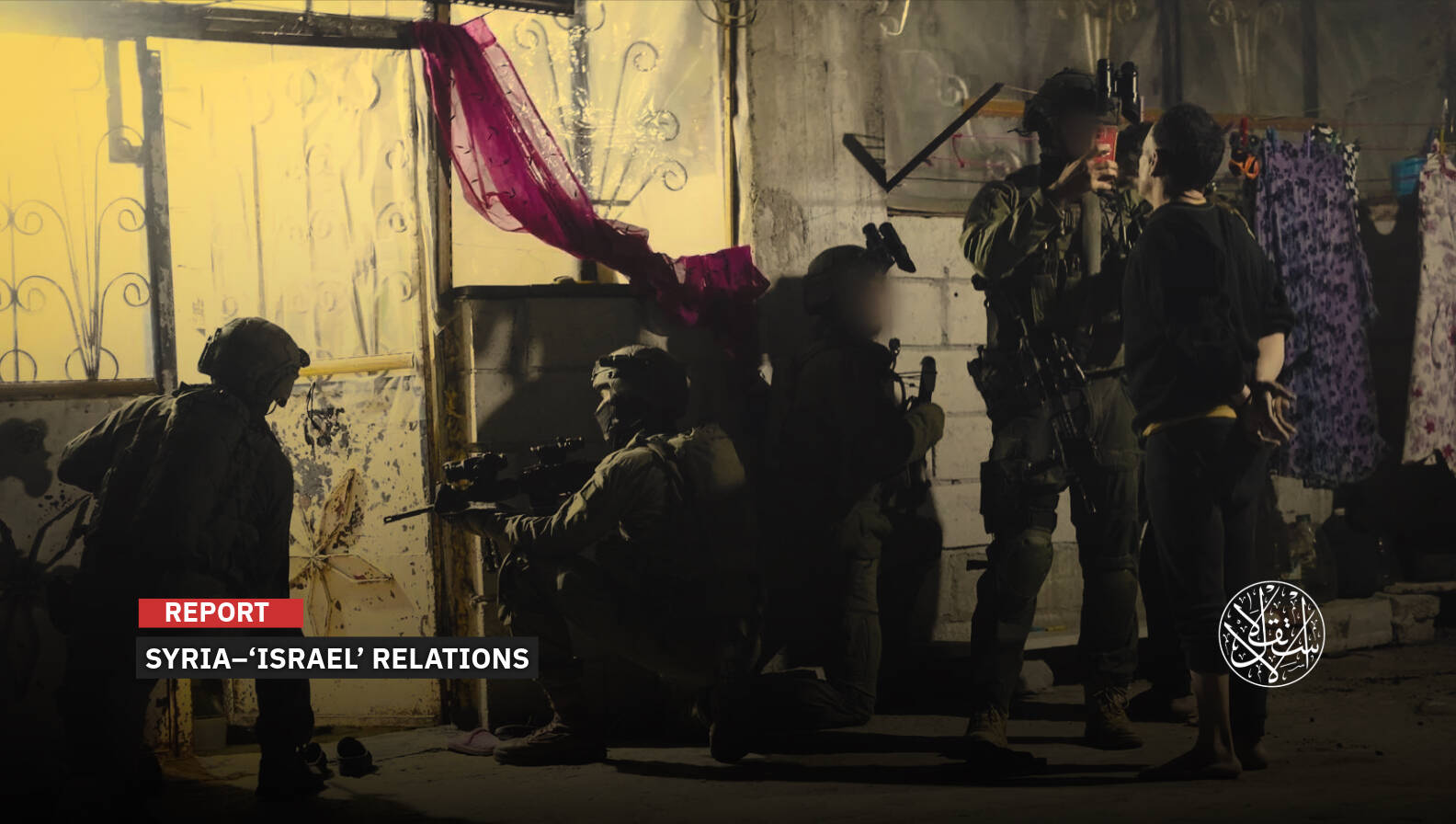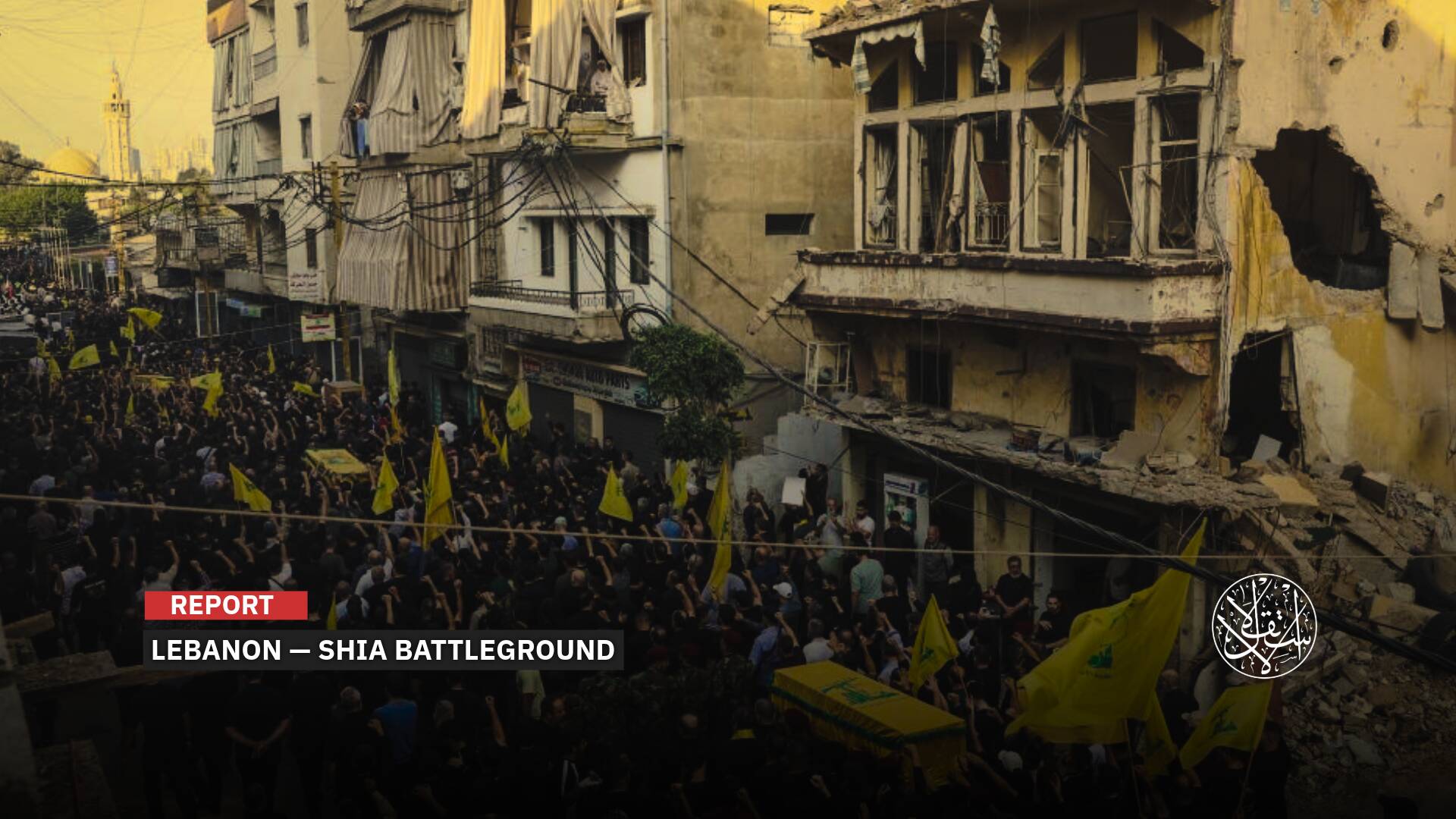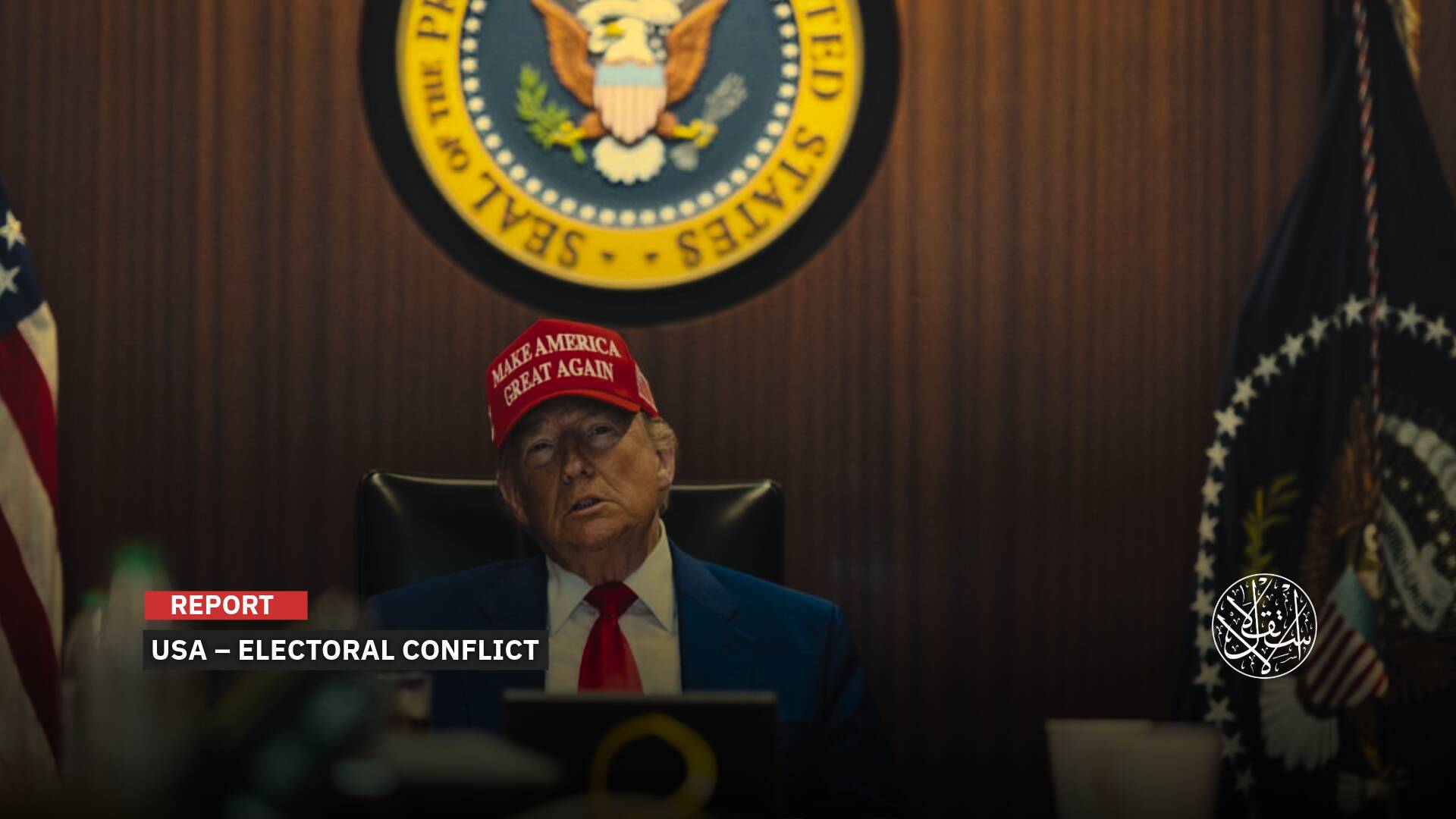Hamas Spokesman: Resistance Arms Are Legitimate and We’re Ready to Give Up Power (Exclusive)
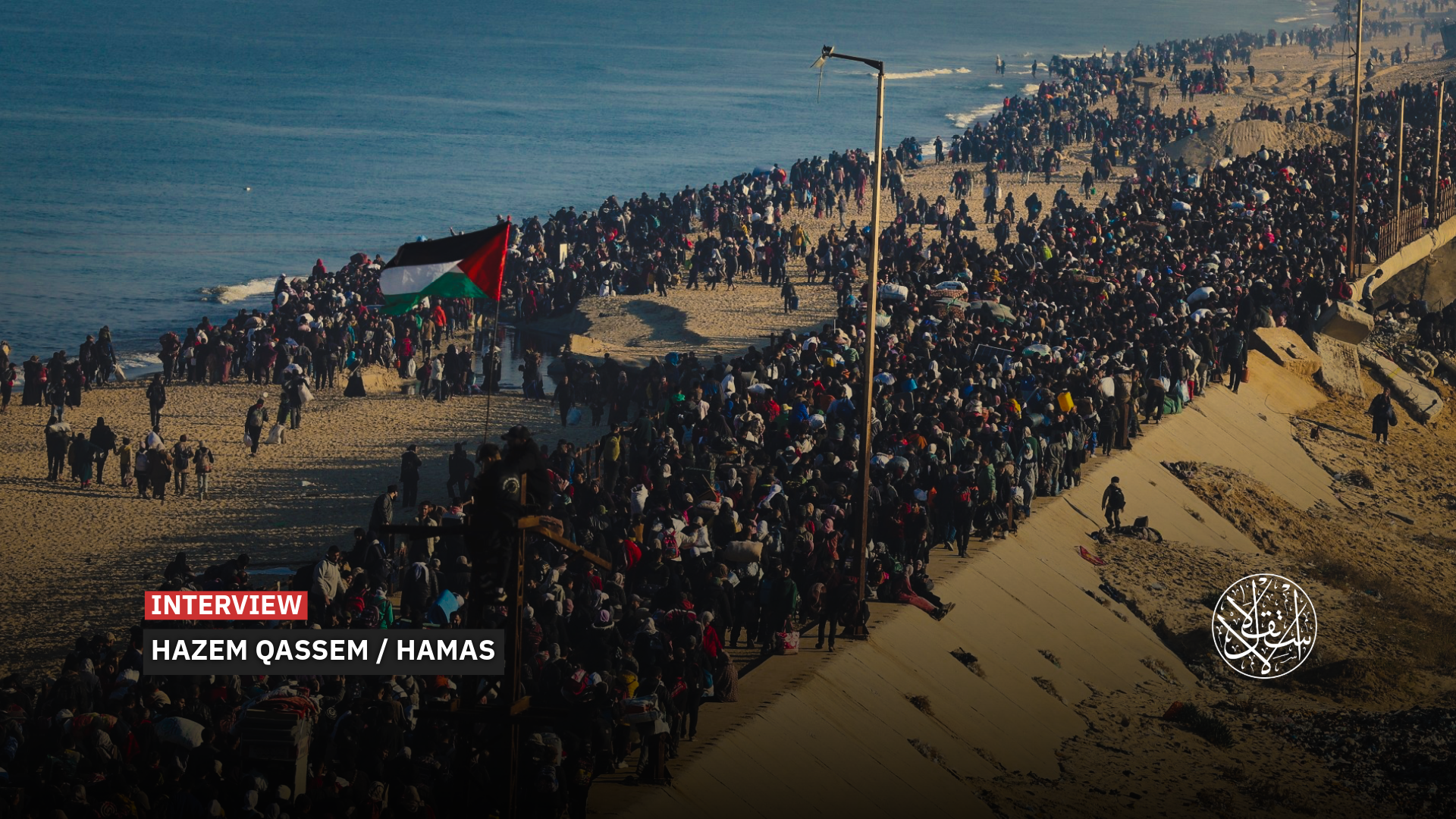
“We will not give the Israeli Occupation any excuse to resume its aggression, hinder reconstruction, or continue the blockade.”
After the announcement of a ceasefire and prisoner swap in Gaza, attention quickly turned to Hamas’s weapons and the question of who will govern the Strip after the war.
In an interview with Al-Estiklal, Hamas spokesman Hazem Qassem said the movement’s weapons are “legitimate tools of resistance to defend our people,” adding that their future will be decided through internal Palestinian dialogue.
As for Gaza’s political fate, Qassem said Hamas is fully prepared to relinquish power the day after “Israel’s” genocide ends, stressing, “We will not give the Israeli Occupation any excuse to resume its aggression, obstruct reconstruction, or prolong the blockade.”
Commenting on the mass return of residents to northern Gaza following the truce, Qassem said the human tide of returnees proves “Israel’s” failure to enforce displacement or ethnic cleansing.
On October 9, 2025, U.S. President Donald Trump announced that the Israeli Occupation and Hamas had reached an agreement on the first phase of his ceasefire and prisoner swap plan, after indirect negotiations in Sharm el-Sheikh with the participation of Turkiye, Egypt, and Qatar, under U.S. supervision.
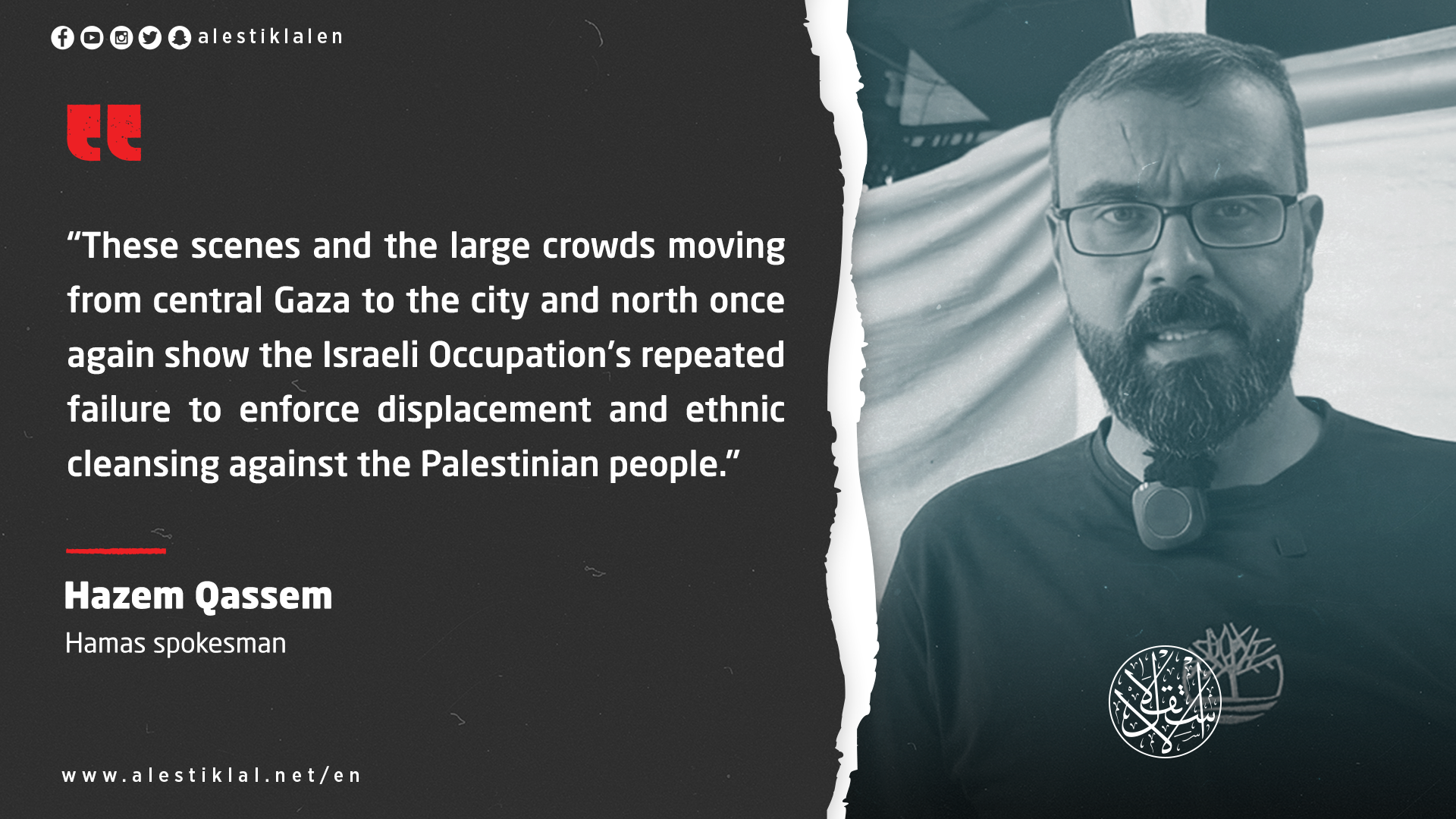
Gaza Ceasefire Update
How does Hamas see the implementation of the ceasefire now that it has officially taken effect?
Here in Gaza, the population has endured two years of brutal warfare aimed at erasing their very existence, with hundreds of thousands martyred, wounded, or detained, and hundreds of thousands more displaced in an unprecedented humanitarian tragedy no one should have to endure. We extend our salute to every child, woman, and elder who has endured life in Gaza.
Yes, a ceasefire agreement was reached and announced, but the Israeli Occupation government initially took steps to delay its implementation.
Finally, after extensive mediation and intensive talks, the Israeli Occupation declared that the ceasefire had come into force. We are closely monitoring every step and observing the Israeli Occupation’s measures on the ground.
Israeli forces have now withdrawn to the agreed lines, and civilians have begun returning from the south to the north. Though the withdrawal was accompanied by heavy shelling, which is a clear violation of the deal, we are following up with the mediators.
Once the withdrawal was confirmed along the agreed boundaries, it paved the way for displaced families to start returning north.
The Gaza Strip has been nearly completely destroyed; city landmarks have vanished due to the aggression, as the Israeli Occupation demolished infrastructure and homes, then bulldozed the rubble and transported it inside the Green Line, erasing the very landmarks of the cities and complicating the recovery of the martyrs' remains.
Hamas remains committed to implementing every clause of the agreement. The movement maintains constant contact with mediators to follow up on all technical, logistical, and field details and to overcome any obstacles that may arise.
Our position is clear: we are fully committed to the deal as long as the Israeli Occupation fulfills its obligations, and it is also the responsibility of the mediators to ensure compliance on all sides.
Our goal is to see the successful completion of the first phase of this agreement, leading to a lasting end to the aggression and a final halt to this devastating war on the people of Gaza.
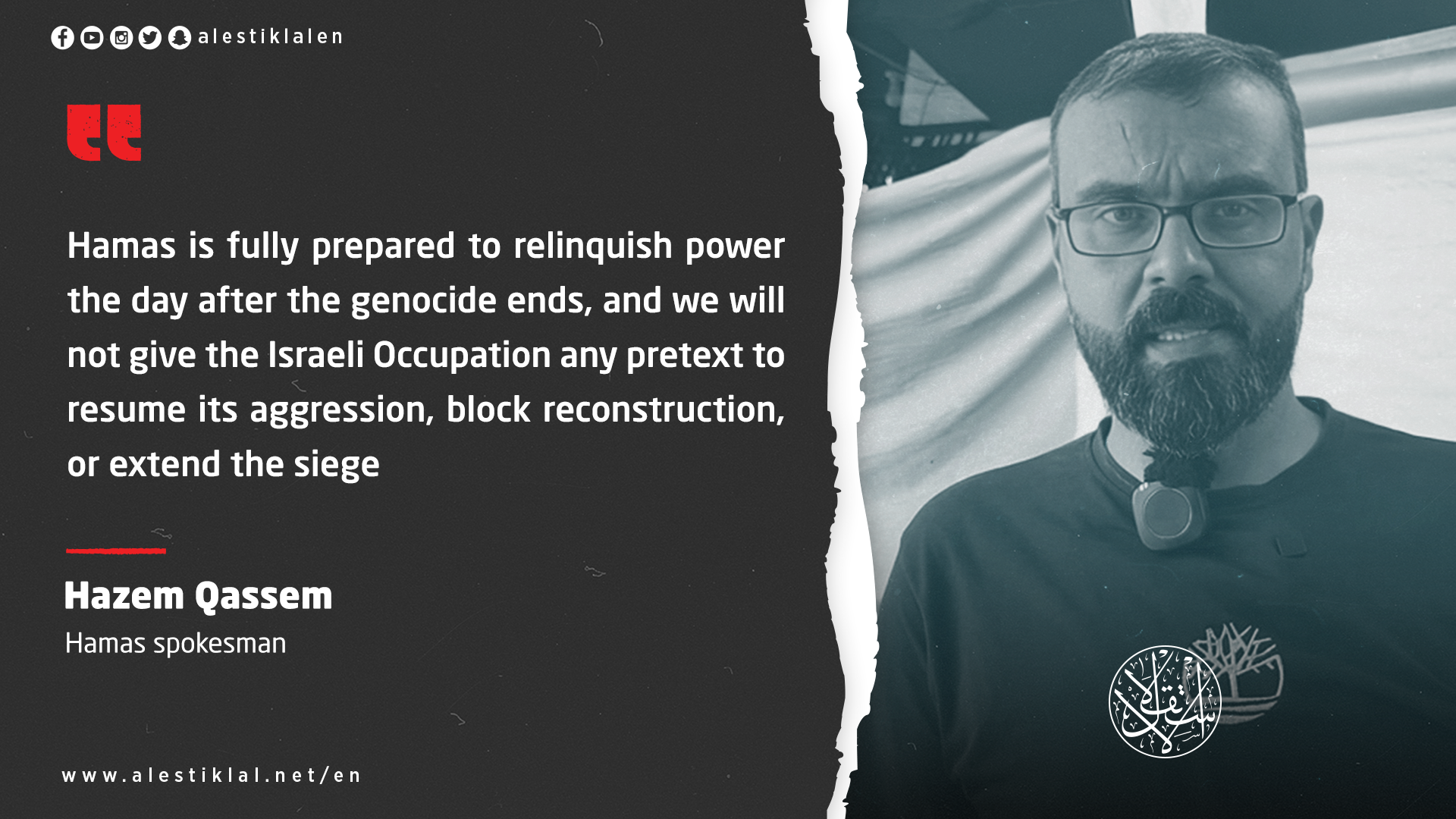
Return to Northern Gaza
Was the return of displaced residents to northern Gaza safe?
After the Israeli Occupation army announced its withdrawal to the agreed lines, civilians began making their way back to their homes along al-Rashid Street and Salah al-Din Road.
These scenes and the massive human flows moving from central Gaza toward Gaza City and the north once again confirm the Israeli Occupation’s repeated failure to carry out displacement and ethnic cleansing against the Palestinian people.
Although most of those returning will find their homes completely destroyed and wiped off the map, they insist on standing on their land, on the soil of their neighborhoods, and even over the rubble of their former homes. Their message is clear: they will not leave. Through their steadfastness and attachment to their land, they are determined to defeat the settlement and displacement agenda promoted by the Israeli far-right leaders.
How are the plans to receive the displaced proceeding?
These areas were completely destroyed and leveled, with the rubble of the homes bulldozed and stolen inside the Green Line by the Israeli Occupation. As a result, the land is now barren, placing a significant responsibility on international and Arab bodies, as well as relevant organizations, to provide all necessary relief and assistance to the affected people.
Local emergency committees are trying to respond, but their capacity is extremely limited amid the widespread destruction. The primary responsibility falls on international organizations to provide even minimal shelter and support. There are scattered local efforts, with committees that are largely independent, some tribal and some made up of volunteers, alongside local institutions and charities.
These committees are not affiliated with Hamas and must be supported. There is no justification for any party to withhold support from them or fail to assist in organizing and facilitating the return and shelter of the very large numbers of people whose homes have been completely destroyed.
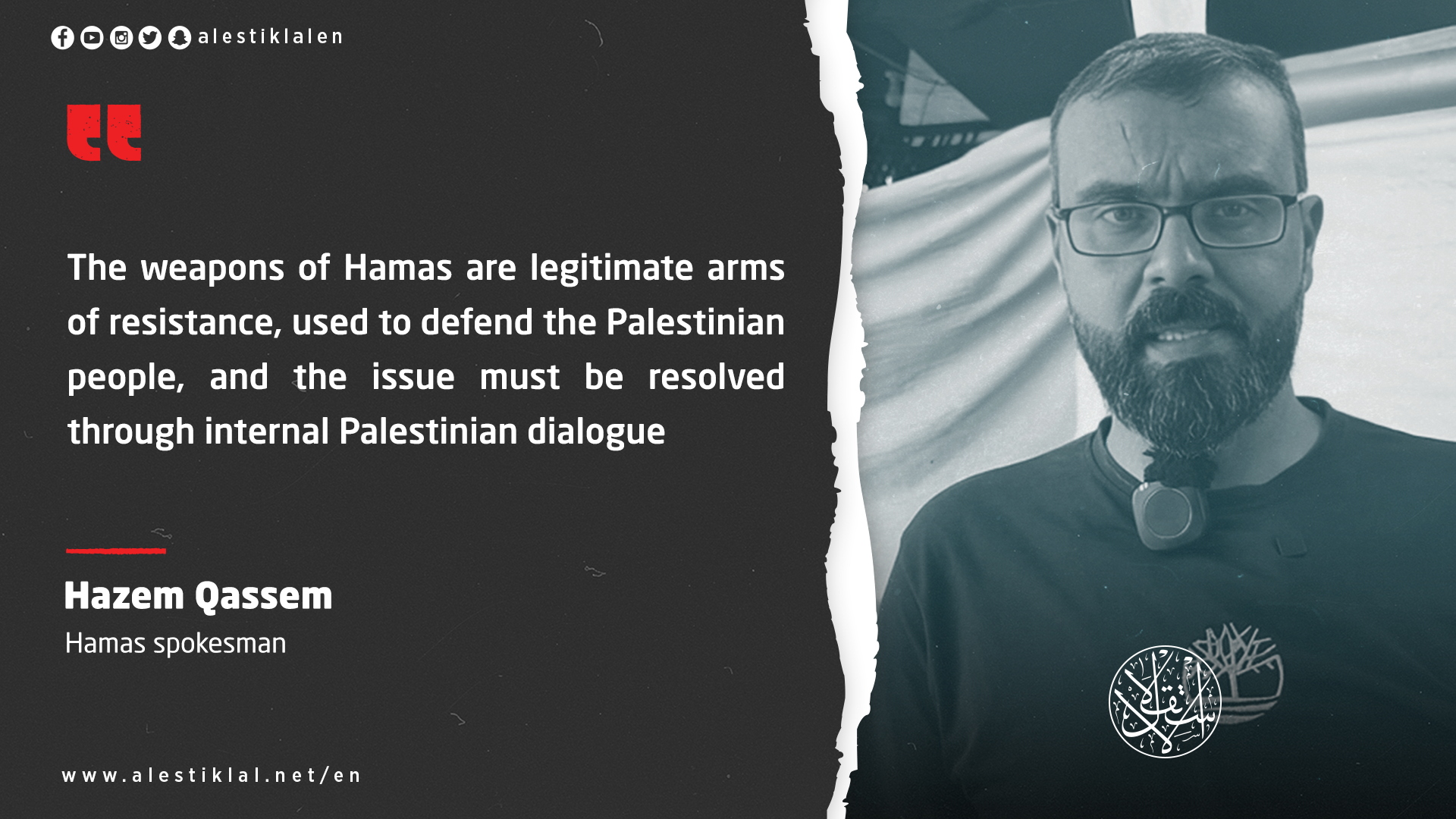
Need for Further Dialogue
What will happen after the first phase of the agreement?
Hamas has already conveyed a clear message to U.S. President Donald Trump, expressing its approval of the framework, particularly the first phase of his plan to end the war on Gaza. The movement agreed to both the implementation and the details related to this initial stage.
However, there are additional phases that will require further dialogue, negotiation, and coordination, both among the Palestinian factions internally and with mediators, regional actors, and neighboring countries involved in or concerned with Gaza and Palestine, especially those who attended the meeting with Trump before his plan was announced.
As we have stated, Hamas is fully committed to implementing the first phase of the agreement, which includes the exchange of captives, a complete cessation of aggression against the Gaza Strip, and the agreed-upon withdrawal of Israeli Occupation forces.
Have you received guarantees from the mediators to ensure full implementation of at least the first phase?
Yes, there are clear guarantees from mediators in Egypt, Qatar, Turkiye, and also from the U.S. side to ensure the full completion of the first phase.
This phase, in essence, marks the end of the war on Gaza that has lasted for more than two years. The ceasefire is intended to be comprehensive, permanent, and unconditional, with the Israeli Occupation pledging not to resume or launch any new aggression against the Gaza Strip.
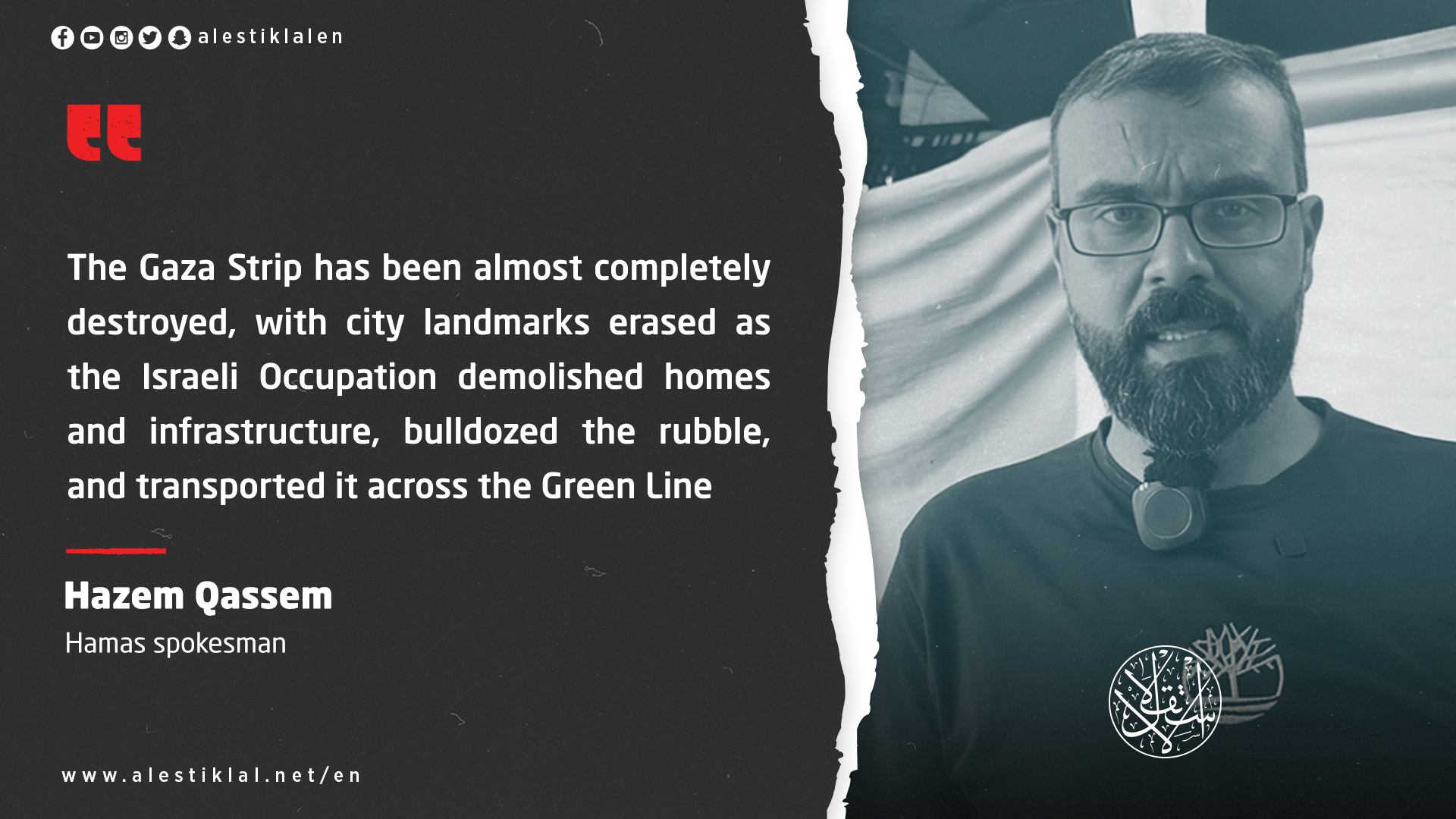
Resistance Weapons
Trump’s plan reportedly includes a clause calling for the disarmament of Hamas. What is your position on that?
The weapons of Hamas are, as we have always said, legitimate arms of resistance; they exist to defend the Palestinian people. This is a matter that must be addressed through internal Palestinian dialogue, not dictated from outside.
Actually, it is Israeli weapons that have devastated Gaza, killing more than 80,000 people and wounding over 200,000 Palestinians, the same weapons that have been used to strike eight Arab and Muslim countries.
That is the arsenal that should be questioned and its holders held accountable. As for Palestinian weapons, discussions about them will take place within a Palestinian national framework, seeking a common understanding that this is a legitimate right of self-defense.
Later, there will be room for discussions with mediators and Palestinian partners to find approaches acceptable to all sides.
What about governing Gaza after the ceasefire?
We do not seek to be part of the postwar administrative arrangements. Hamas is fully ready to relinquish government control the day after this aggression ends.
For us, that issue is settled. There is consensus on building a broad social and national framework through Palestinian reconciliation—a matter we have already discussed clearly with mediators.
We will not give the Israeli Occupation any excuse to resume its aggression, obstruct reconstruction, or prolong the blockade.


